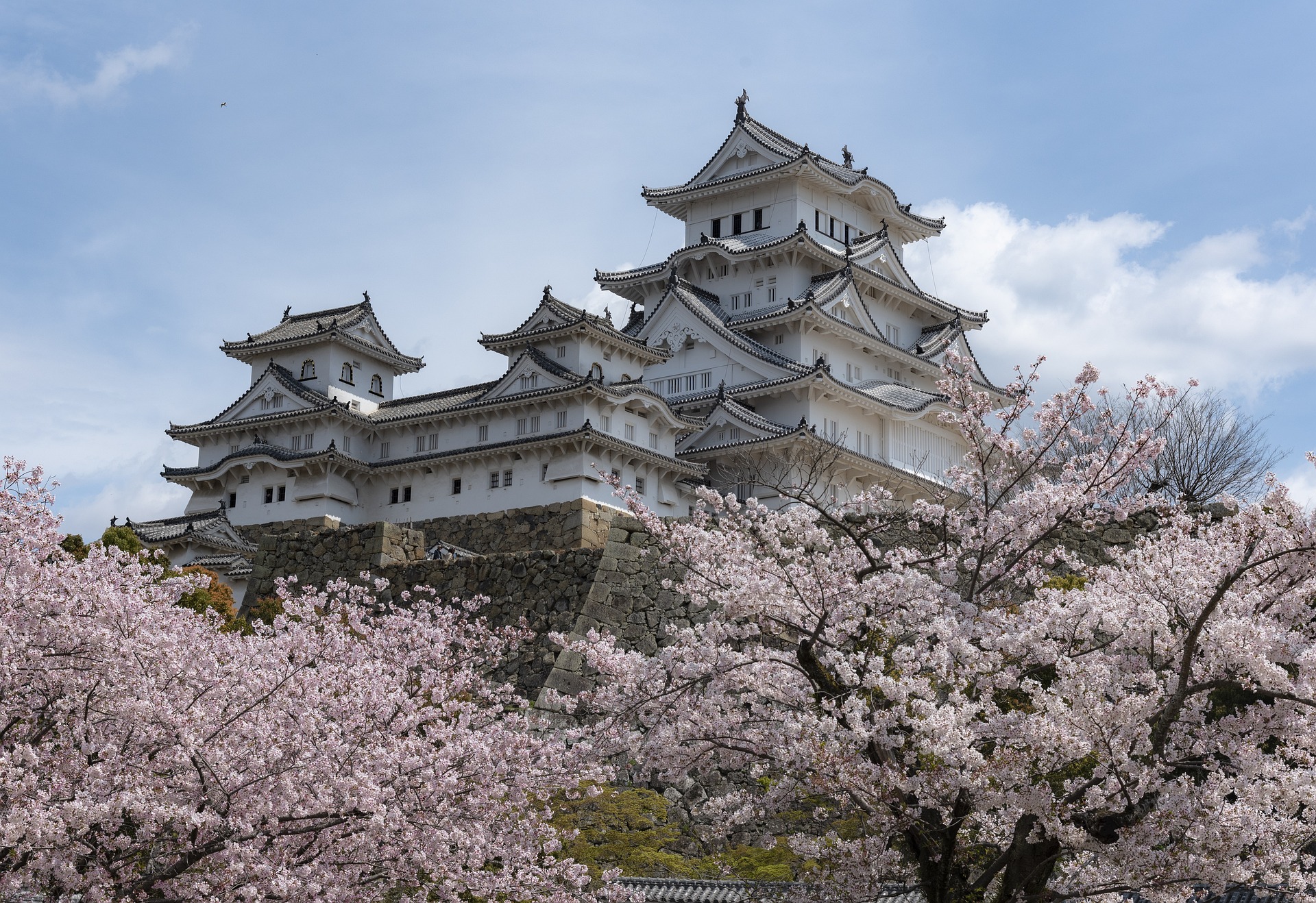Japan is a land where the ancient and the modern live side by side. From neon-lit skyscrapers to quiet Zen gardens, from bullet trains to sacred temples, every step reveals a new layer of beauty. This journey across Japan is a blend of culture, history, nature, and flavors — a trip that lingers in the soul long after you’ve returned.
From neon skylines to quiet Zen gardens, from sacred shrines to steaming onsens, every step feels like a dance between history and modernity.
Here, the delicate grace of cherry blossoms meets the rhythm of bullet trains, and ancient tea rituals share the stage with futuristic towers.
Japan is not just a destination — it’s an awakening. A mosaic of moments, emotions, and discoveries that will stay with you long after your journey ends.
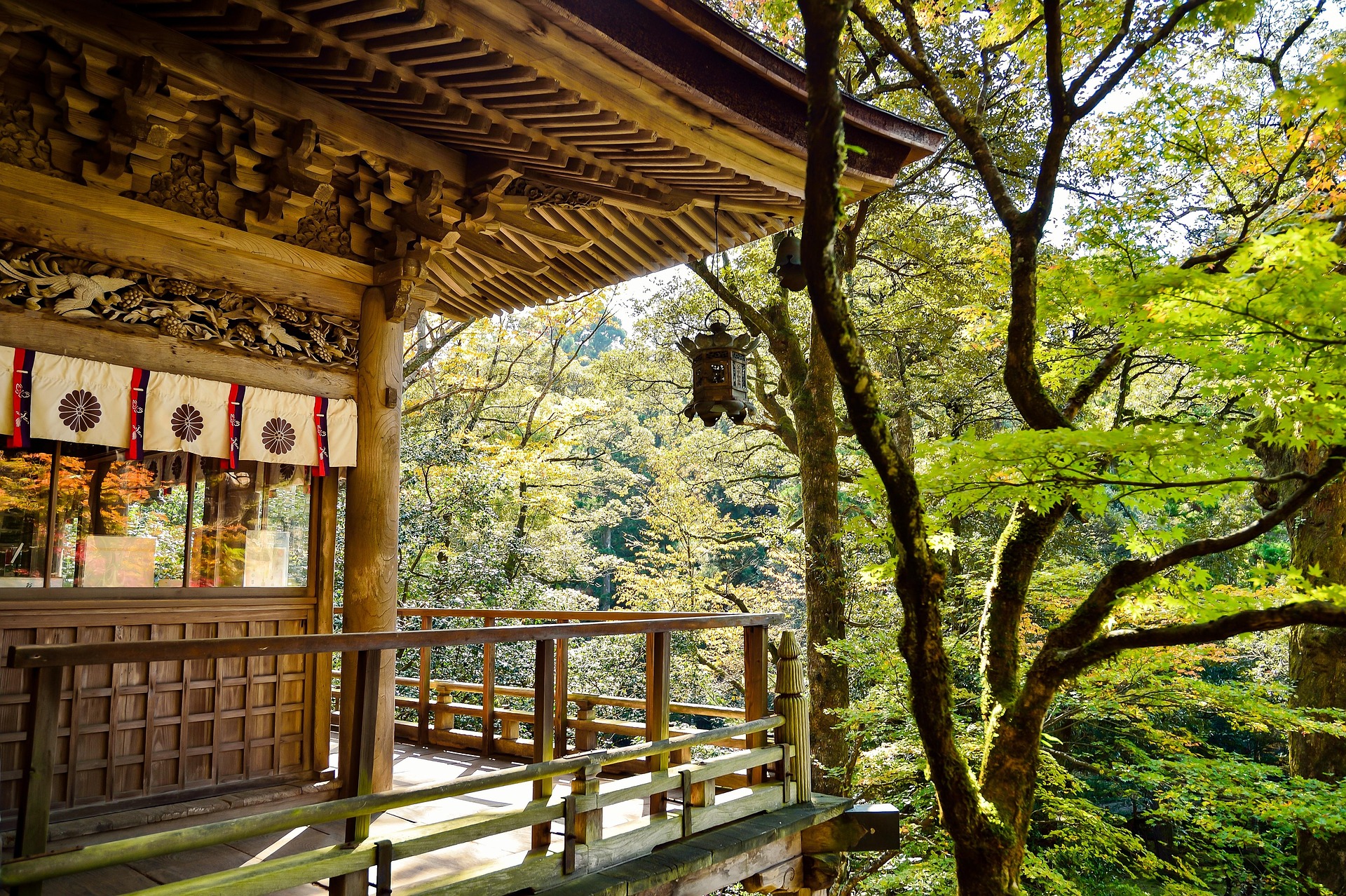
Program:
Step 1 – Tokyo – 4 Days
Tokyo
A city of contrasts — futuristic skyscrapers in Shinjuku, historic temples in Asakusa, and serene gardens near the Imperial Palace. Explore Shibuya Crossing’s chaos, taste sushi at Tsukiji, and find calm in Meiji Shrine’s forest. Tokyo is energy, culture, and innovation woven together.
Day 1 – Arrival in TokyoMorning / Afternoon — Arrive at Narita or Haneda. Private transfer or Narita Express / Keisei Skyliner to central Tokyo. Check in, breathe, and orient.
Evening — Gentle first immersion: stroll Shinjuku or Shibuya to feel the city’s electric heartbeat; dinner at an izakaya or sushi bar.
Highlight: Your first night in neon and serenity — the city that never sleeps and softly invites.Suggested hotels: Hotel Niwa Tokyo (calm, midrange) · Park Hyatt Tokyo (luxury, iconic)
Day 2 — Tokyo · Modern Pulse & Urban Culture
Morning — Meiji Shrine & the tranquil Yoyogi grove. Walk Omotesando for architecture and boutiques.
Afternoon — Harajuku for youthful fashion; then Shibuya Crossing and Hachikō.
Evening — Rooftop or skyline dinner (Shinjuku or Roppongi). Optional: Golden Gai for intimate bars.
Transport: Metro day pass or Suica card.
Tip: Eat a street-style crepe in Harajuku — whimsical and local.
Day 3 — Tokyo · Tradition & Curiosities
Morning — Asakusa and Sensō-ji Temple; Nakamise shopping street.
Afternoon — Ueno Park & Tokyo National Museum or visit the Tsukiji Outer Market for sushi & seafood tastings.
Evening — Tokyo Skytree illumination or explore Akihabara (electronics & pop culture).
Highlight: The city’s beautiful juxtapositions — serene temple courtyards beside bustling markets.
Day 4 — Day trip: Kamakura (or overnight option)
Kamakura
Once a political capital, Kamakura is today a coastal town of Zen calm. Home to the Great Buddha (Daibutsu) and countless temples, it is also a spiritual escape by the sea. Walk through bamboo groves, discover Hase-dera Temple’s gardens, and feel Japan’s quiet soul.
Morning — Train to Kamakura (~1 hour). Visit Kōtoku-in’s Great Buddha (Daibutsu).
Afternoon — Hase-dera temple (ocean views), walk Komachi-dori for snacks. Optional bamboo grove at Hokoku-ji.
Evening — Return to Tokyo (or stay in Kamakura at Kamakura Prince Hotel for a seaside night).
Highlight: Coastal temples and a slower, reflective pace.
Transport: JR local trains / Enoden for seaside scenery.

Step 2 – Hakone- 1 Day
Day 5 — Tokyo → Hakone (onsen & Mt. Fuji views)
Hakone
Nestled in the mountains, Hakone is a retreat of hot springs and art. Cruise Lake Ashi with views of Mt. Fuji, ride the Hakone Ropeway above steaming valleys, and relax in an onsen. The Hakone Open-Air Museum blends sculptures with stunning landscapes — a harmony of nature and creativity.
Morning — Shinkansen to Odawara, then Hakone transport pass for local buses/cable car.
Afternoon — Lake Ashi cruise, Hakone Shrine, and the Hakone Ropeway over volcanic Owakudani (smoky valleys).
Evening — Stay in a ryokan with onsen — kaiseki dinner and tatami room (Hakone Kowakien Ten-yu or a traditional ryokan).
Highlight: Hot spring relaxation with Mt. Fuji framing the scene (weather permitting).
Practical: Consider sending luggage ahead with a ta-q-bin service to Kyoto/Osaka so you travel light.
Day 6 — Hakone → Kyoto (Shinkansen)
Morning — Final morning in Hakone; short museum visit (Open-Air Museum) if time.
Afternoon — Shinkansen to Kyoto (reserve seats via JR). Activate JR Pass here if you prefer coverage from this leg onward.
Evening — Stroll in Gion — lanterns and geisha atmosphere.
Highlight: The travel rhythm changes — from mountain serenity to Kyoto’s timeless poise.
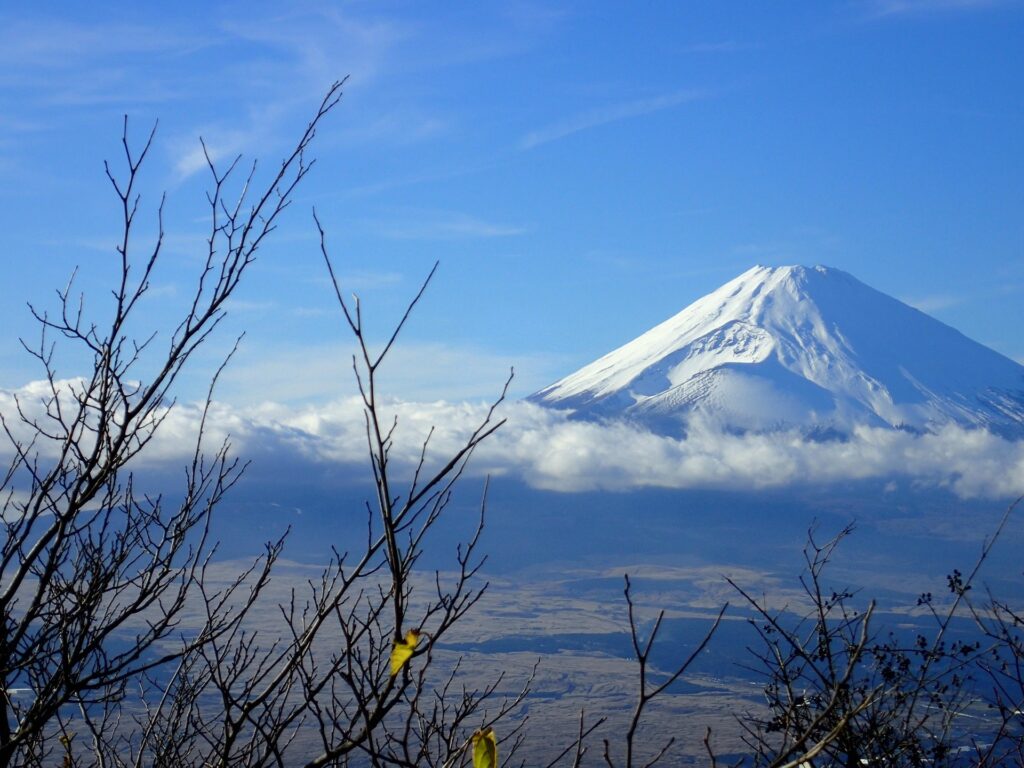
Step 3 – Kyoto – 3 Days
Day 7 — Kyoto · Northern & Western Gems
Kyoto
The heart of Japan’s tradition, Kyoto is a living museum of temples, shrines, and tea houses. Walk under the red torii gates of Fushimi Inari, breathe in the stillness of the Golden Pavilion, and wander Gion’s lantern-lit alleys. In Arashiyama, the bamboo forest whispers stories of centuries past. Kyoto is Japan’s timeless soul.
Morning — Kinkaku-ji (Golden Pavilion).
Afternoon — Ryoan-ji Zen garden; Arashiyama: bamboo grove, Tenryu-ji temple, and Togetsukyo bridge.
Evening — Kaiseki dinner option or leisurely riverside walk in Pontocho.
Highlight: A day of iconic sights and quiet temple gardens.
Transport: Local buses & subway; consider a one-day Kyoto bus pass.
Day 8 — Kyoto · Spiritual Heart
Morning — Fushimi Inari Taisha (early to avoid crowds — endless torii gates).
Afternoon — Nijo Castle and the Kyoto Imperial Palace or Nishiki Market tasting walk.
Evening — Traditional tea ceremony (book in advance).
Tip: Early start at Fushimi Inari creates extraordinary photos and peaceful walks through the torii tunnels.
Day 9 — Day trip · Nara (from Kyoto)
Nara
Gentle deer roam freely in Nara Park, bowing politely to visitors. Here lies Tōdai-ji, housing one of the world’s largest Buddha statues. Lantern-lit Kasuga Shrine and ancient streets reveal the origins of Japanese culture and spirituality. Nara is where history feels alive.
Morning — Train to Nara (~45 min). Visit Tōdai-ji (giant Buddha), wander Nara Park among the free-roaming deer.
Afternoon — Kasuga Taisha shrine and Naramachi historic quarter. Return to Kyoto late afternoon.
Highlight: Ancient capital atmosphere and intimate encounters with nature’s gentle deer.
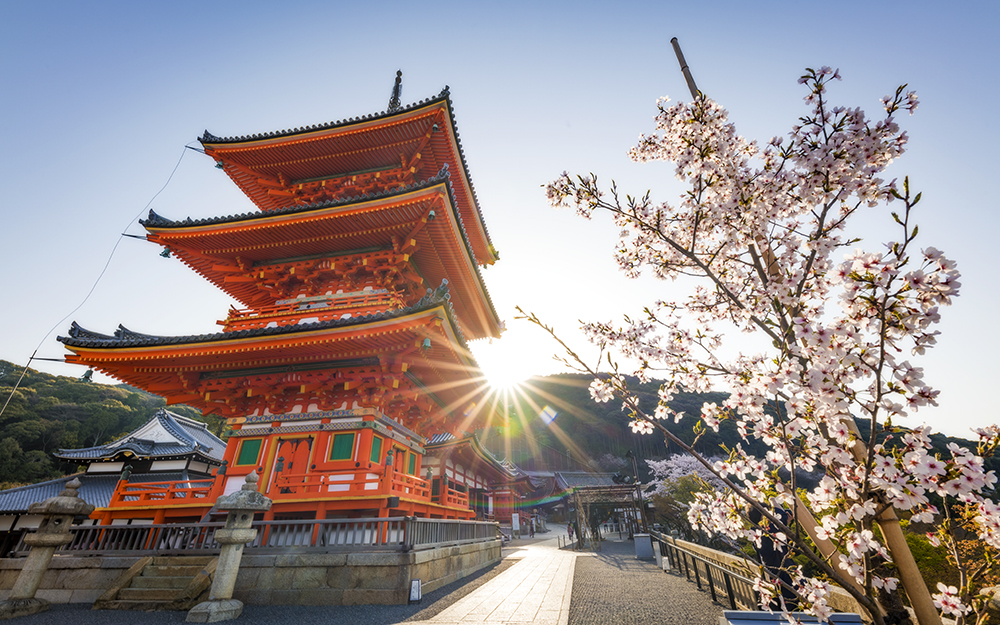
Step 4 – Hiroshima – 2 Days
Day 10 — Kyoto → Hiroshima (Shinkansen)
Morning — Take the shinkansen to Hiroshima (approx. 1.5–2h). Check in.
Afternoon — Peace Memorial Park & Museum; visit the Atomic Bomb Dome. A contemplative, important stop.
Evening — Try Hiroshima-style okonomiyaki for dinner.
Highlight: A moving city of peace and resilience.
Day 11 — Miyajima Island (Itsukushima) — full day from Hiroshima
Miyajima (Itsukushima) is a Japanese island near Hiroshima, famous for its iconic floating torii gate and the UNESCO World Heritage-listed Itsukushima Shrine. The island is considered sacred, and the shrine’s main buildings, including the majestic vermillion torii, are built on the water, appearing to float at high tide.
Morning — Ferry to Miyajima. Explore Itsukushima Shrine and its iconic floating torii gate (best at high tide).
Afternoon — Hike or ropeway to Mount Misen for panoramic views; sample local oysters & momiji manju.
Evening — Return to Hiroshima for an evening of quiet reflection.
Tip: Visit early or late to avoid peak crowds at the torii.
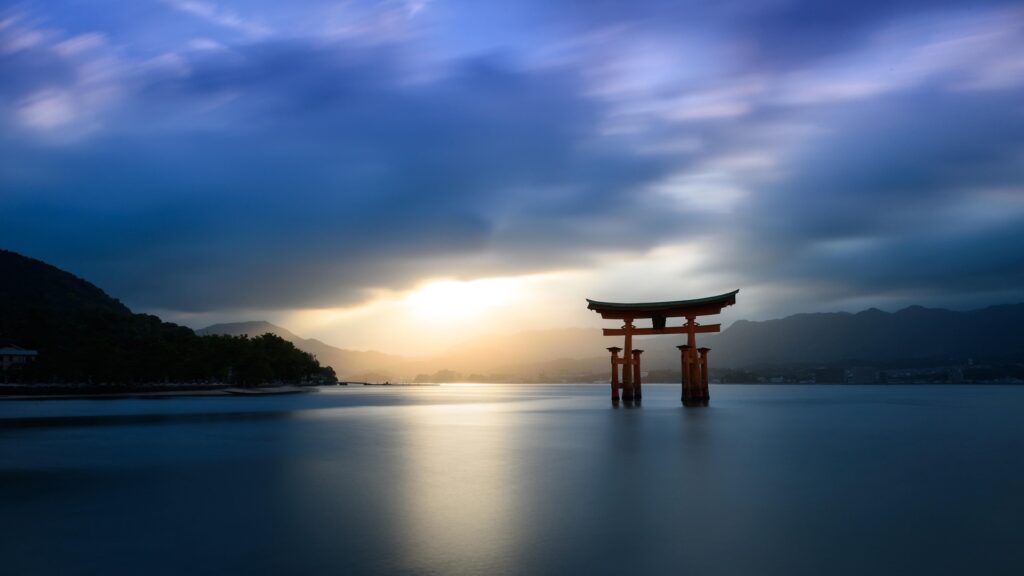
Step 5 – Osaka – 3 Days
Day 12 — Hiroshima → Osaka (Shinkansen)
Osaka
Vibrant, bold, and delicious. Osaka is Japan’s kitchen, where takoyaki and okonomiyaki sizzle in neon-lit Dotonbori. Visit Osaka Castle, shop in Shinsaibashi, and admire the city from Umeda Sky Building. Osaka is a feast for the senses — playful, lively, unforgettable.
Morning — Travel to Osaka (~1.5h by shinkansen). Check in.
Afternoon — Osaka Castle and its gardens; visit the museum inside.
Evening — Dotonbori district: neon lights, takoyaki & okonomiyaki stalls, vibrant street life.
Highlight: The city’s joyful energy and culinary delights. St. Regis Osaka (luxury)
Suggested hotels: Cross Hotel Osaka (central)
Day 13 — Osaka · Culture & Food Tour
Morning — Kuromon Market food tour (local flavors & tastings).
Afternoon — Umeda Sky Building Floating Garden observatory, maybe the Osaka Aquarium (Kaiyukan) if time.
Evening — Explore Namba & Shinsaibashi shopping streets; a final street-food crawl.
Tip: Osaka is for food lovers — curate a tasting path for clients.
Day 14 — Osaka · Free Day or Universal Studios (optional)
Option A (Culture): Day trip to Himeji Castle (UNESCO) or Koyasan (spiritual mountain town) for a deeper cultural experience.
Option B (Fun): Universal Studios Japan — great for families.
Evening — Farewell dinner in a high-view restaurant or an intimate izakaya crawl.
Highlight: A flexible day — rest, explore, or play.

Last Step
Day 15 — Departure from Osaka (Kansai)
Morning — Last moments in Osaka: coffee, final shopping. Luggage pickup (if forwarded) and transfer to Kansai International Airport (KIX) or Itami (domestic).
End of trip — Flight home carrying Japan’s rhythm, flavors, and quiet memories.
As your journey across Japan comes to an end, you will carry more than photographs.
You will remember the sound of temple bells in Kyoto, the taste of Osaka’s street food, the quiet gaze of deer in Nara, and the view of Mount Fuji reflected in Hakone’s waters.Japan is not a place you simply visit — it is a place that transforms you, and whose beauty and spirit will stay with you forever.
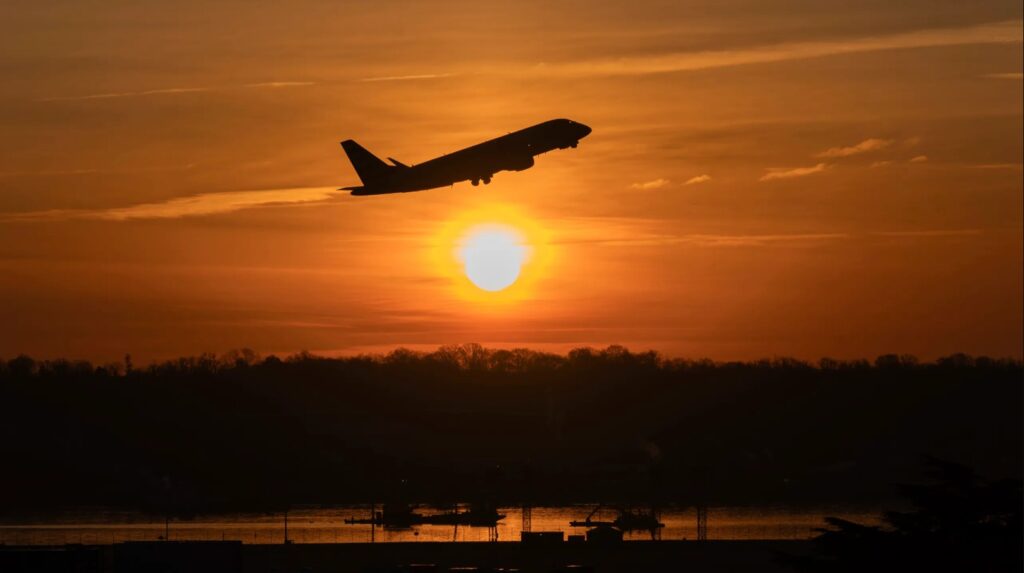
TERMS AND CONDITIONS
- In the event of changes to our selection of hotels, we reserve the right to relocate you to an establishment of the same or higher category.
- Tipping is a long-standing tradition in the United States. It is customary to tip your guide (approximately USD 3 per person per day) and your driver (approximately USD 2 per person per day).
- For technical reasons, should any adjustments need to be made to the order of the program or the visits, the planned content will nevertheless be respected. Periods of free time are included to allow for your personal interests; no transportation will be provided during these times.
